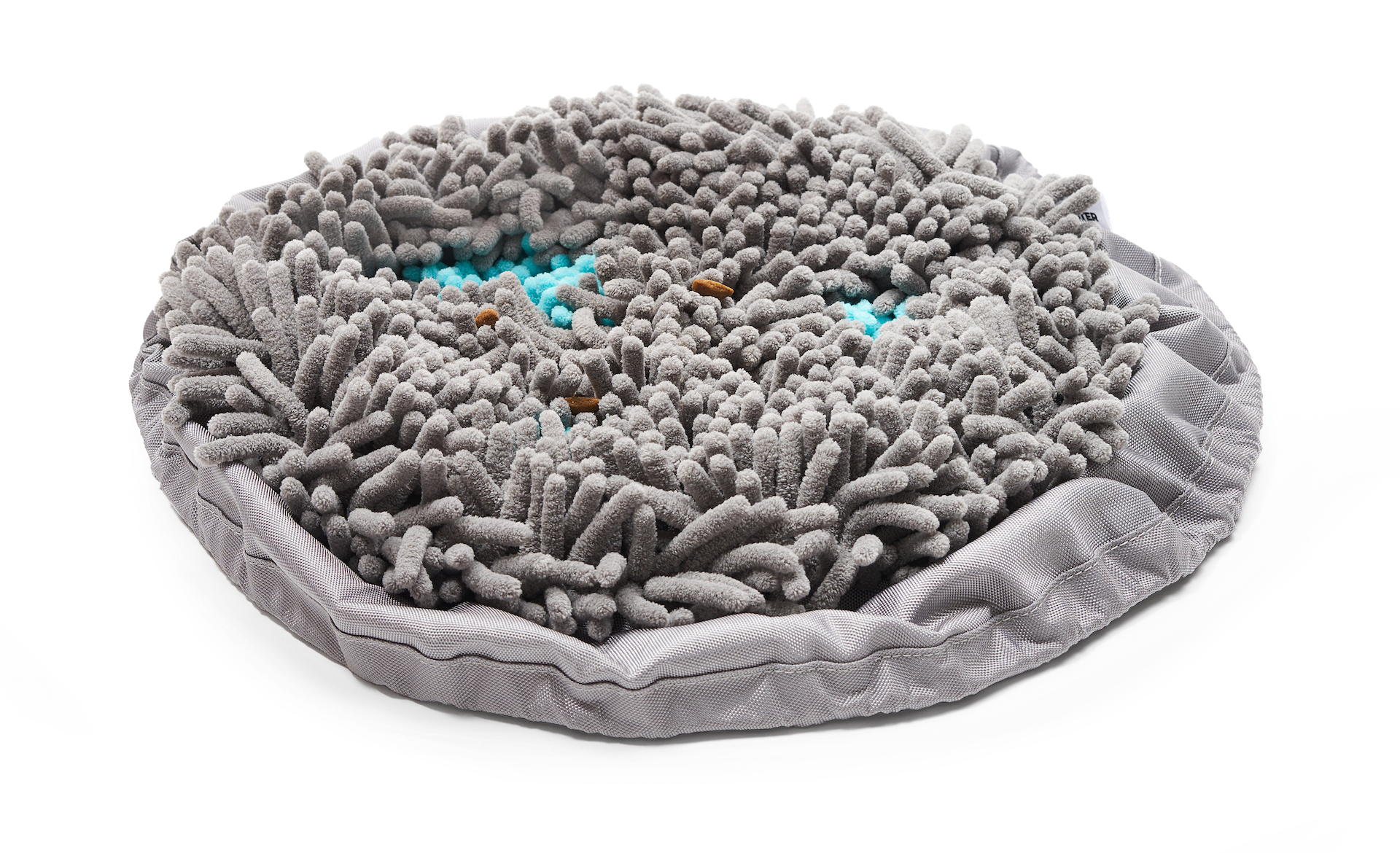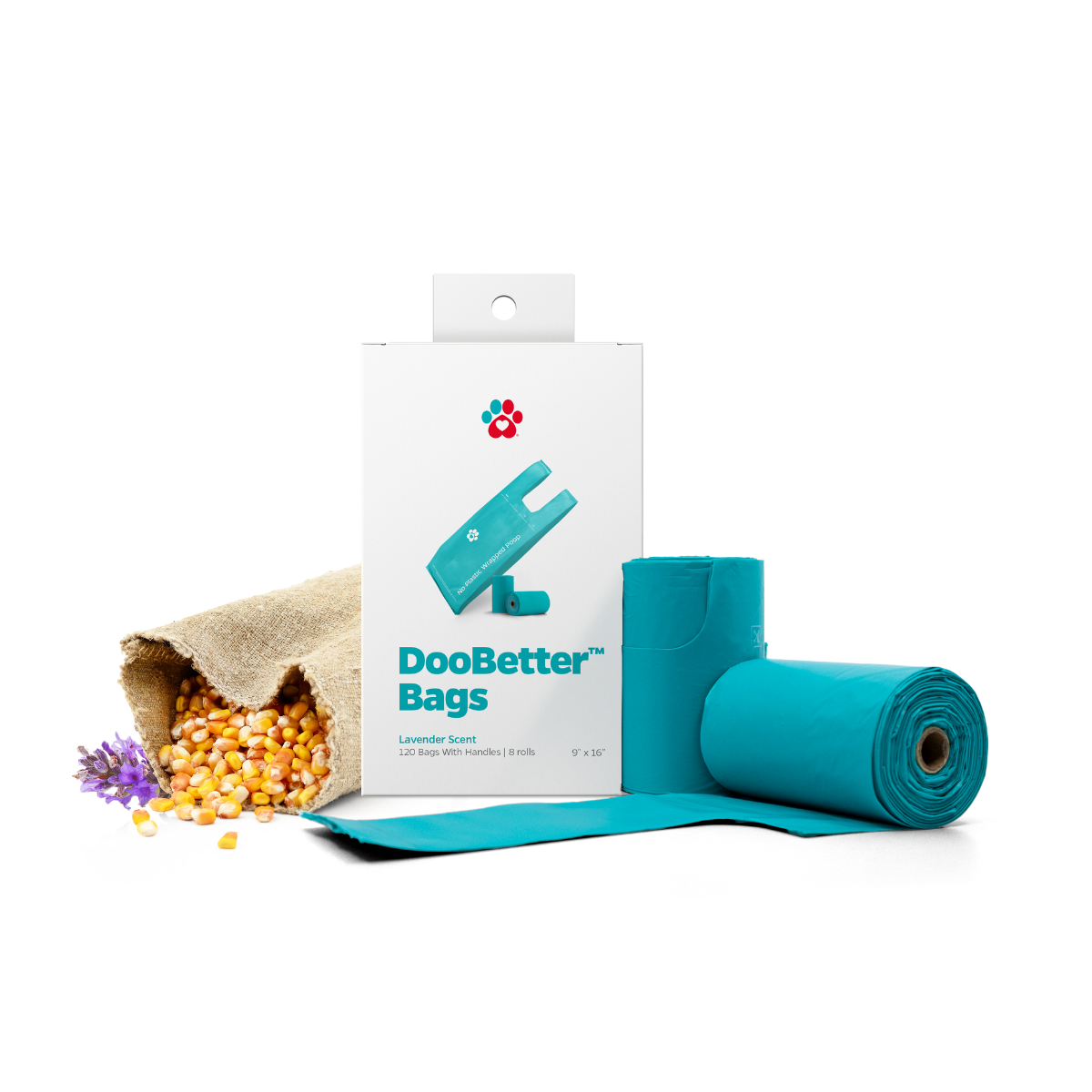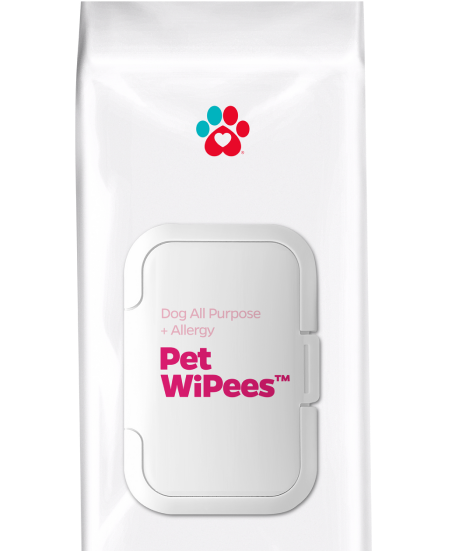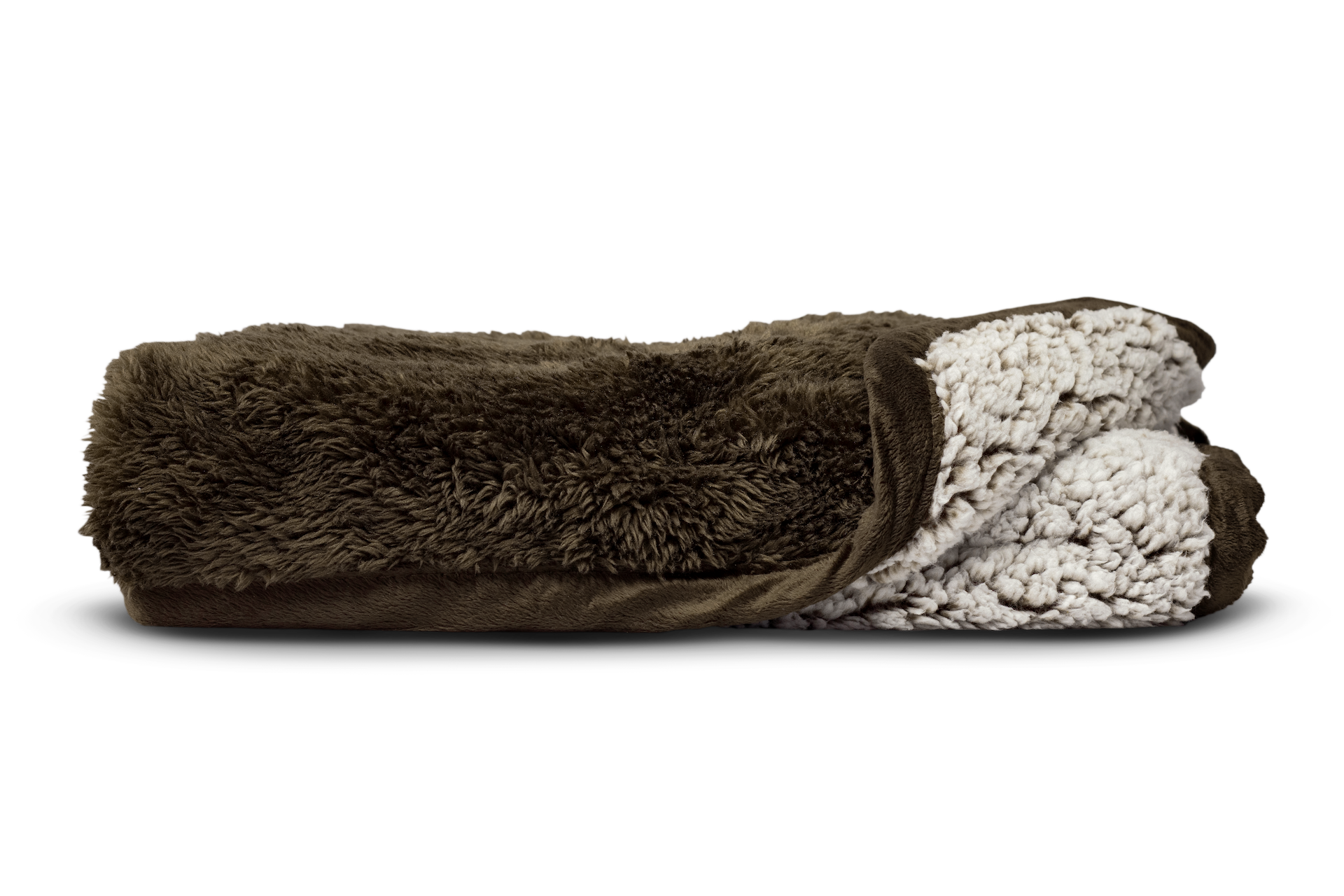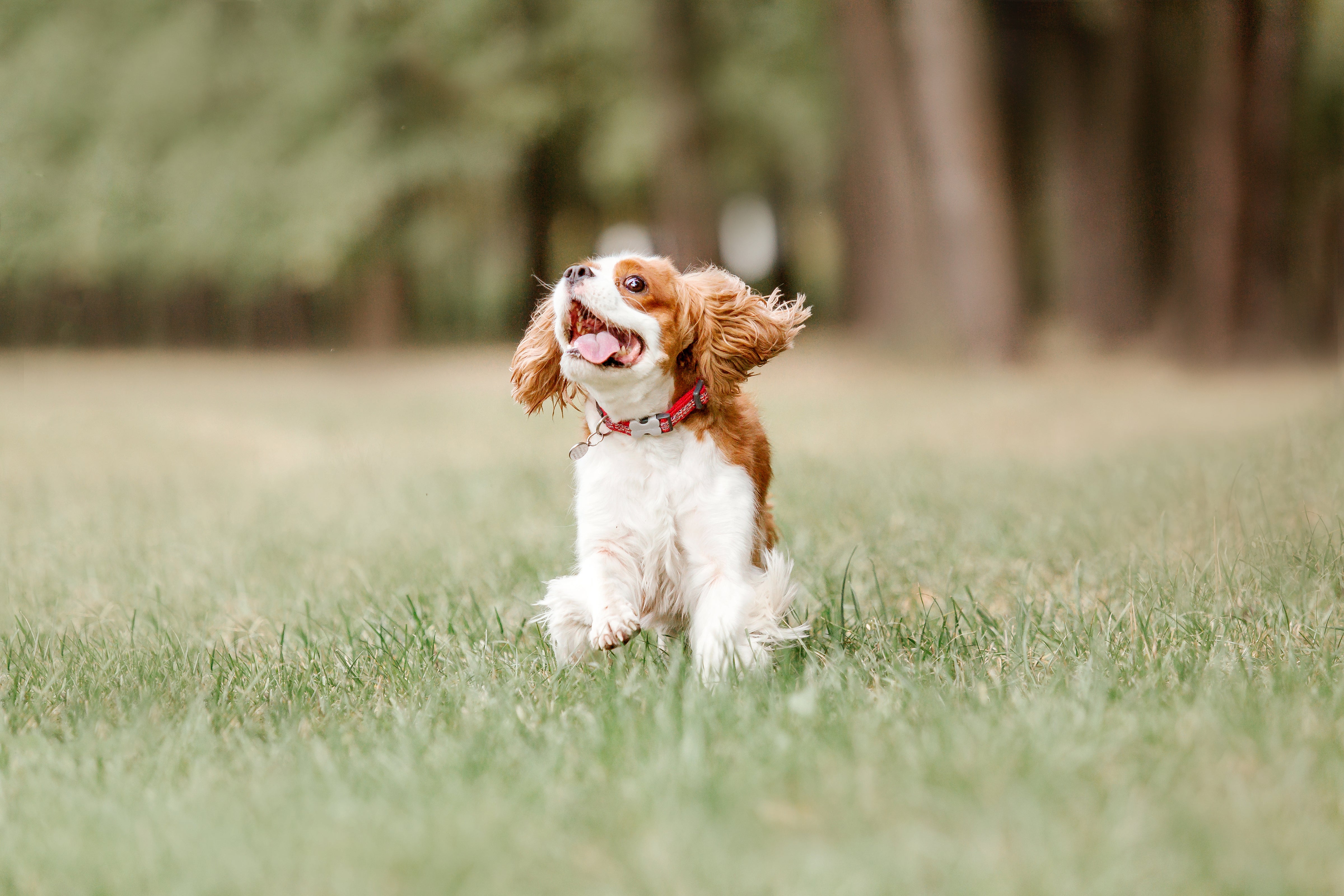"If you want to build a better relationship and communication with your dog, you need to be able to identify the different types of dog behaviors she exhibits and understand what these mean."
If you want to build a better relationship and communication with your dog, you need to be able to identify the different types of dog behaviors she exhibits and understand what these mean.
As dog behaviors tell you so much about your dog’s mood, state of mind, and health condition, you’ll need to be able to find out what causes these and look for ways on how to help him.
Dog behavior and what it means
Dog chewing
Just like how a child wants to chew on things when a tooth is about to come out, so does your pup. One common dog behavior you will notice in your dog is his chewing. For a pup, chewing is normal and it’s his own way of helping relieve himself from the pain of teething. But for an adult dog, chewing can be because he enjoys the taste of the object he’s chewing on, it could be a sign of anxiety, boredom, or a form of relaxation as chewing can calm a dog down.
How to teach your dog not to chew on inappropriate items:
- To help minimize your dog's habit of chewing on inappropriate things, provide him plenty of chews that are guaranteed safe and of high-quality. This is why you should always buy from trusted brands like Gnawtlers® that are specifically chosen from Grade A premium raw elk antler for their weight, mass, color, & state. These are far less likely to splinter or break your dog’s teeth, so these are worry-free chews that are likely to last a long time.
- Punishing your dog every time you catch him chewing on inappropriate things will only do more harm than good. If your dog chews on his chew, reward him. If he chooses to still chew on prohibited items at home, reinforce again.
Dog digging
Digging is instinctual dog behavior and is commonly seen in most dogs. As a matter of fact, dogs dig for a number of reasons: for fun, for anxiety relief, for comfort, protection, for an escape plan, for hiding what’s his, for attention, or for hunting prey.

How to stop your dog from too much digging:
- Put on extra efforts to supervise and keep watch of your dog whenever he's out. When you see your dog getting ready to dig, distract him and redirect him to proper behavior.
- Your furbaby's urge to dig (for whatever reason) brings him to the edge of the seat. To help manage his excitement, you can provide calming supplements. Pet Parents® Calming Supplements for dogs. It has powerful ingredients that will help act as a calming aid. For stressful situations that may cause anxiousness, these calming supplements for dogs can help keep furbabies calm & relaxed.
Panting
As humans sweat, dogs expel and regulate their body heat by panting. But it’s also important to observe your dog’s panting as it may indicate pain, discomfort, and worse, overheating.
How to help your dog regulate his body heat:
- Make sure your furbaby is well-hydrated before and after any physical activity.
- Make fresh water always available and accessible.
- Know the physical limitations of your dog and don’t overdo him.

Scooting
Have you ever noticed your furbaby dragging himself with his little bum-bum on the ground? It may sound adorable and it’s called scooting but this can mean that something is irritating your furbaby’s anus, like allergies or parasites. It can also mean that your dog is suffering from constipation and is trying his best to express.
How to help your dog when he’s scooting?
- Contact your vet and find out why he’s scooting.
- Keep his deworming updated to get rid of internal parasites.
- Provide him with easily digestible foods to be able to prevent constipation.
- If it is allergies, use our allergy supplements. If it is constipation, use our probiotic supplements.
Circling
Your dog who is fond of walking in circles may be adorable to look at but this dog behavior may indicate a health issue. If your furbaby is circling, it might be that his area of confinement is too small, he has ear infections, itchy skin he can’t reach near his backside, and even severe reasons can include a brain tumor or poisoning. Dog circling can also be considered as a canine compulsive disorder - similar to human obsessive-compulsive disorder in which a canine exhibits repetitive behavior.
How to manage your dog’s circling:
- Consult your vet to be able to have a proper diagnosis on the causes of his circling: maybe it’s because of external and environmental factors, or an anxiety disorder, or a neurological concern, etc.
- A management plan that could never go wrong is giving your furbaby plenty of exercise, a healthy diet, activities that will stimulate his mind & body, and giving him an influx of attention and affection.
Peeing and pooping accidents
Ah, probably the topmost dilemma of every pet parent. Inappropriate peeing and pooping is considered to be the most frustrating dog behavior. Aside from the messy cleanups, it also indicates that your dog may have incontinence, urinary health problems, anxiety, lack of proper housebreaking training, etc.
How to prevent inappropriate peeing and pooping:
- This is one of the times where you need to keep your chill. Try to hold back on scolding whenever your furbaby creates an accident. With bladder infections, accidents are common. So instead of getting mad, let your furbaby wear washable dog diapers or belly bands to help you deal with accidents and steer clear of messy cleanups.
- Help support your furbaby's bladder health by providing him bladder supplements like Pet Parents® Supplement for Bladder and Kidney Support that will favorably strengthen your dog’s bladder health.
- You can also give him Pet Parents® Probiotic Supplement that contains a powerful 5-strain proprietary probiotic blend that aids in digestion and proper absorption of nutrients and minerals. It has no fillers and is meticulously formulated to help shape your furbaby's gut health.
Common Behaviors of a Female Dog in Heat
A female dog is in heat's behavior may be much different than her normal self. You may notice that your dog in heat seems lethargic, tired, or even irritable. Running away is actually one of the common behaviors of a female dog in heat as she is looking to mate. During this time, it is okay to give her space, but make sure that you maintain supervision. If your female dog in heat's behavior seems distant and upset, just remember that she is not feeling her best and will likely return to her normal behavior shortly. During her heat cycle, you can follow these tips to keep her comfortable, safe, and happy.
"You can also give him Pet Parents® Probiotic Supplement that contains a powerful 5-strain proprietary probiotic blend that aids in digestion and proper absorption of nutrients and minerals."
Some dog behaviors are a dog’s natural instincts while some are not and can even indicate a health problem. If your dog is struggling with behavioral issues rather than indications of health problems or lack of stimulation, you can consider consulting a dog behavioral trainer who will help you to bond and work with your dog for better behavior. This is why it’s very important to interpret and understand a dog's behavior well, for a happier and healthier life. Because as they say, a dog’s actions speak a thousand words—but interpreting them correctly is a learned skill.

